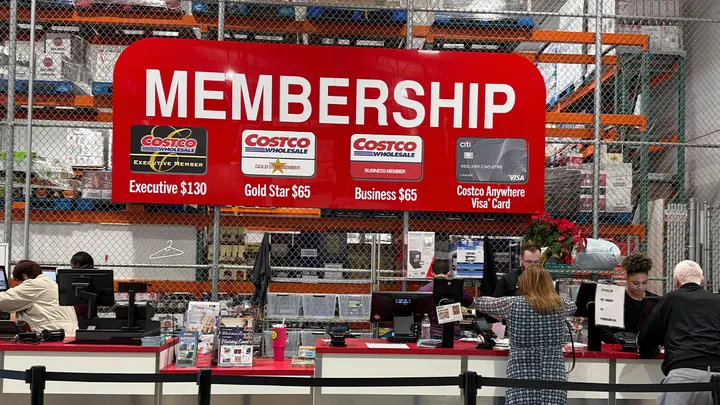Back in March, as expanded pandemic-era Supplemental Nutrition Assistance Program benefits expired, food insecurity experts were concerned that the United States was racing towards a looming “hunger cliff.” Now, it seems that their predictions were correct, according to new data from the Census Bureau.
As the Alliance to End Hunger wrote in a June 30 email, “26.5 million Americans reported food insecurity as of June 19, according to the Census Bureau’s Household Pulse Survey — the most thus far in 2023 and the highest number since December 2020.”
RelatedUS is racing toward a looming “hunger cliff,” food insecurity experts warn
During the pandemic, SNAP benefits were essentially supercharged as Americans faced furloughs, unemployment and widespread supply chain disruptions which had already thrown the grocery-buying experience into disarray. In a surge that was categorized as an “unprecedented expansion” by the New York Times’ Jason DeParle, more than six million people enrolled for food stamps during the first three months of the pandemic.
While SNAP benefits typically vary based on a recipient’s income, during the temporary congressional expansion, recipients were offered the maximum aid available for their household size. However, those benefits were cut months early as part of a bipartisan compromise surrounding a program to provide grocery benefits to replace school meals for low-income children. At the time, the Center on Budget and Policy Priorities, a nonpartisan research and policy institute, reported that the average SNAP recipient would receive at least $90 less per month.
“Some households, who under regular SNAP rules receive low benefits because they have somewhat higher, but still modest incomes, will see reductions of $250 a month or more,” the Center reported. “The average person will receive about $90 a month less in SNAP benefits.”
In a March statement to Salon Food, Eric Mitchell, the executive director of the Alliance to End Hunger, wrote that there is never a good time to make it harder for people to buy food, but ending benefits now comes at a particularly bad time.
“With inflation and food prices still near record levels, it is still far too expensive for many Americans across the country to put food on the table,” Mitchell said. “Without these extra dollars, millions of people will be at risk of hunger.”
He continued, writing that the expanded benefits were a “lifesaver for many individuals and families as jobs disappeared and the economy grinded to a halt.”




